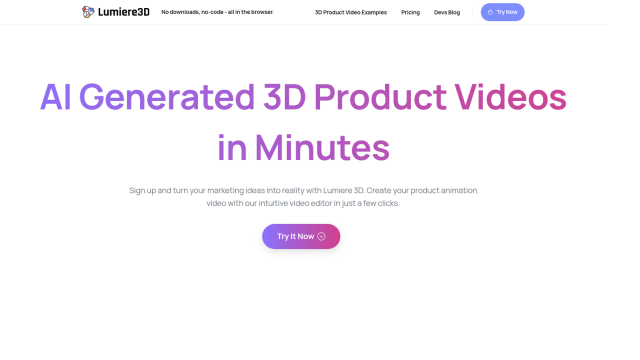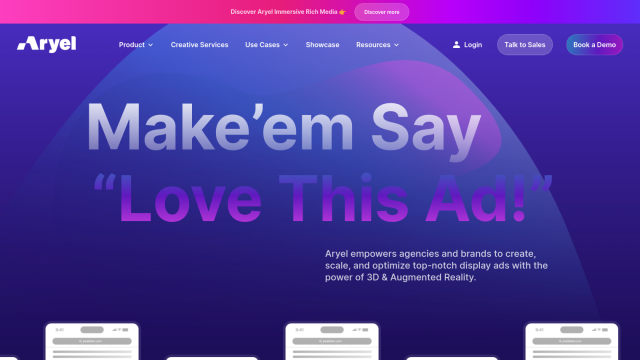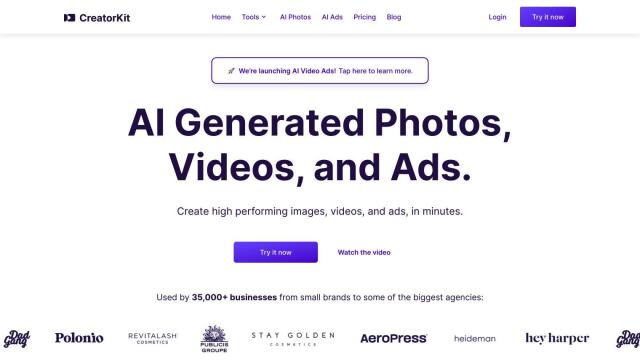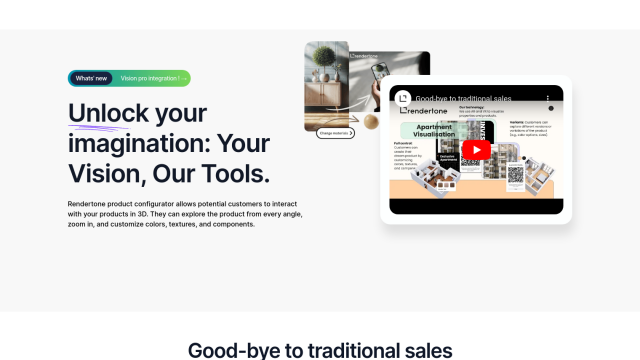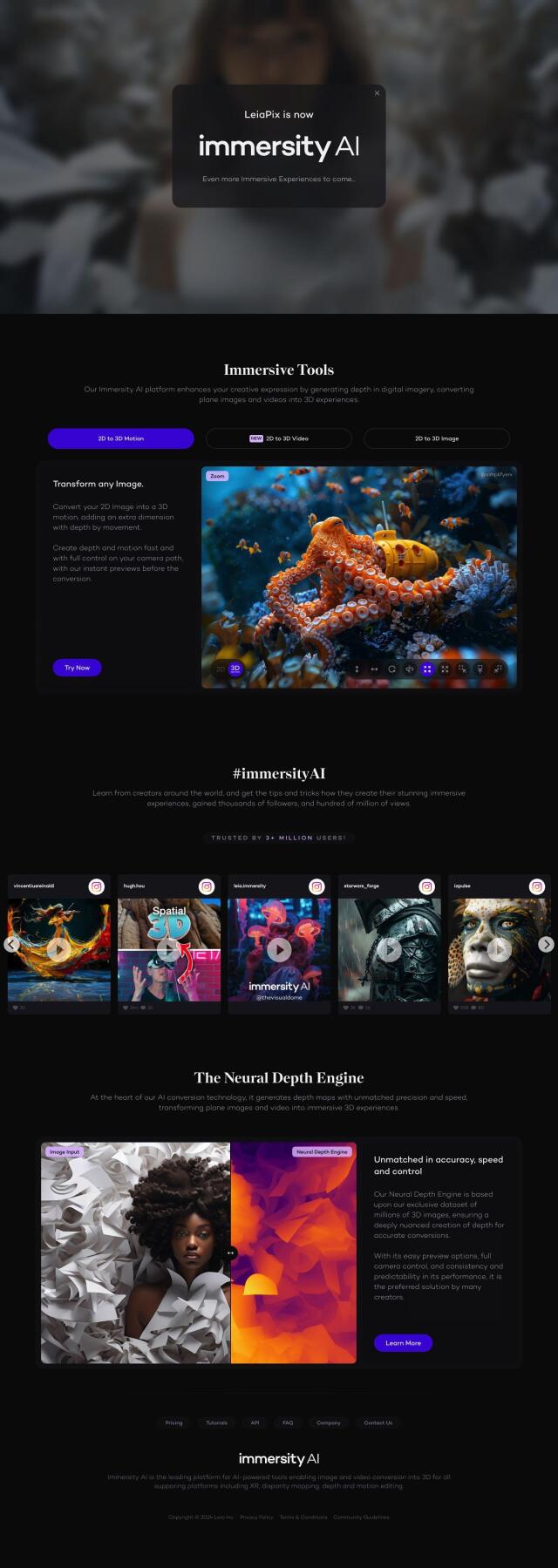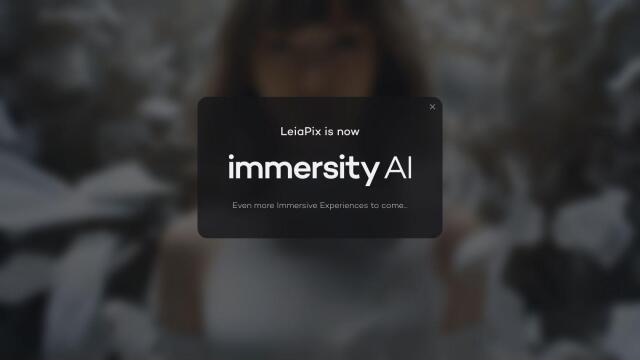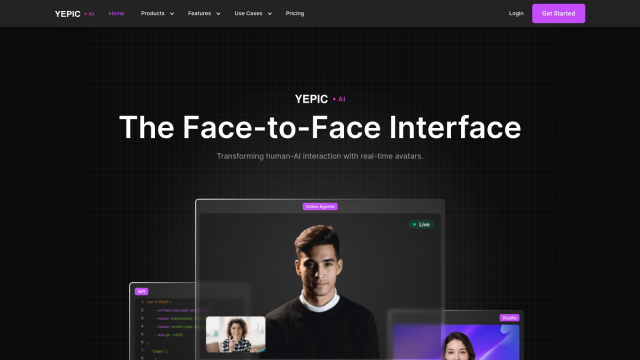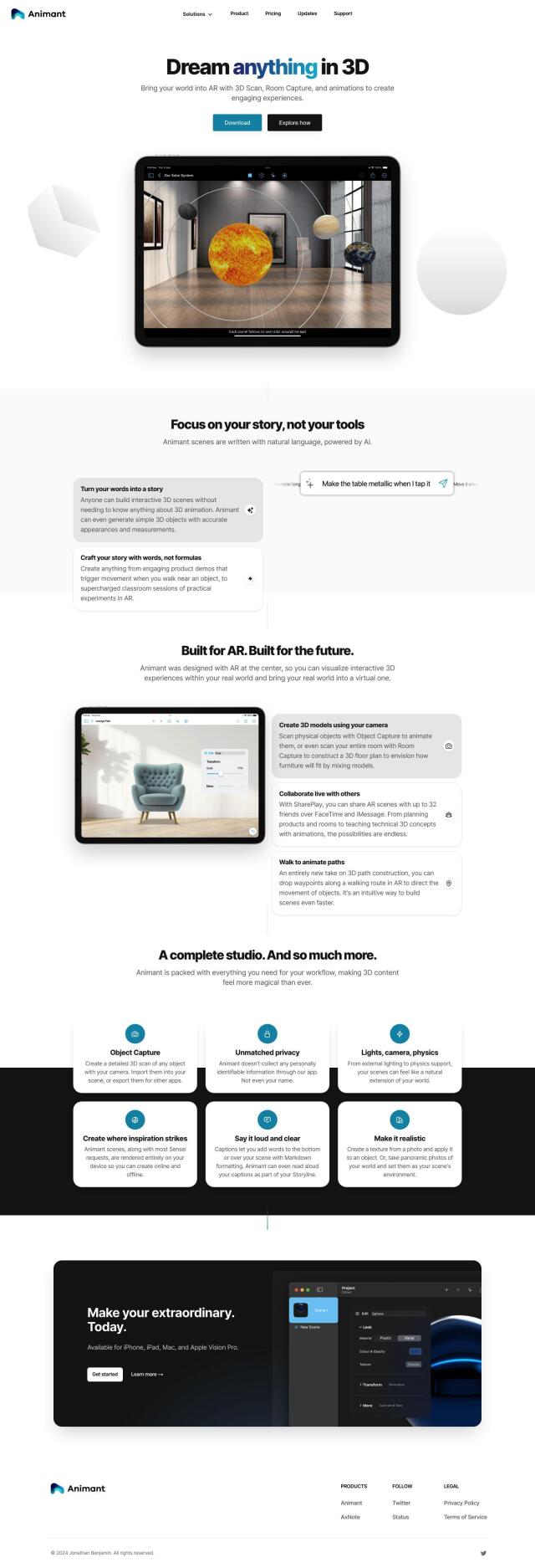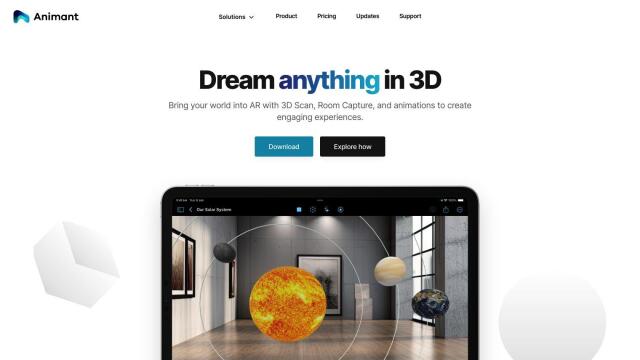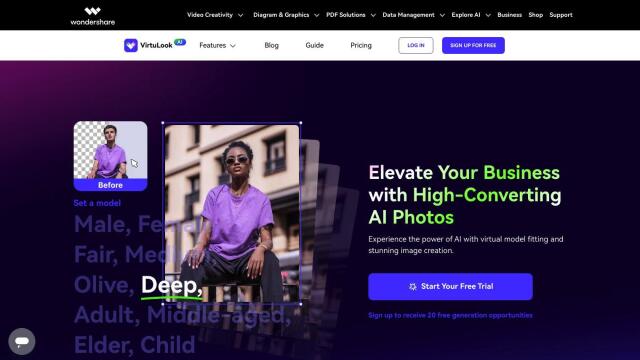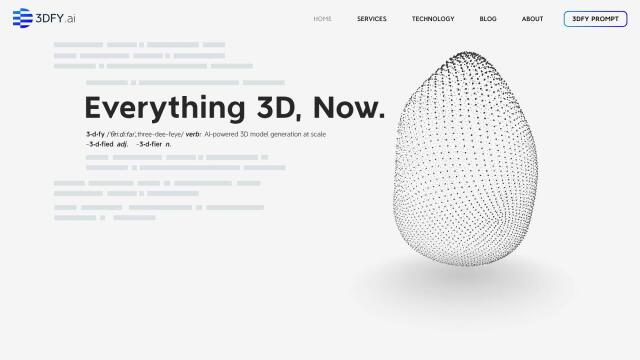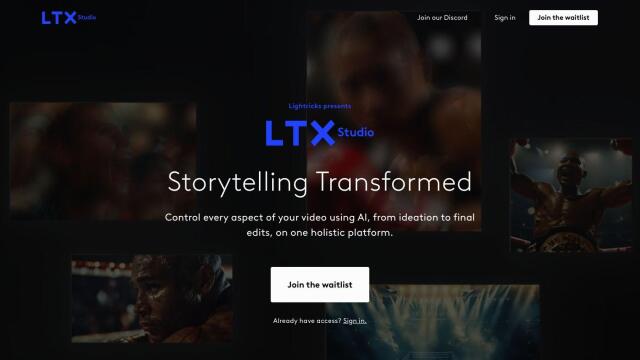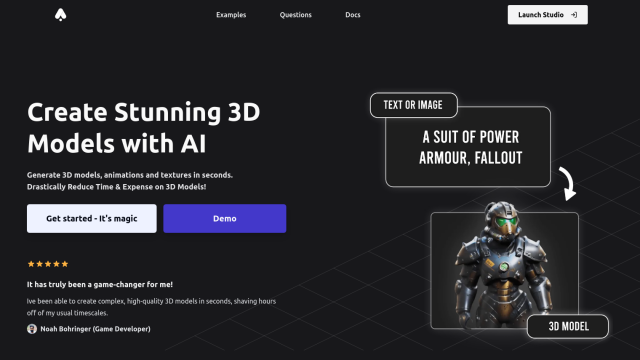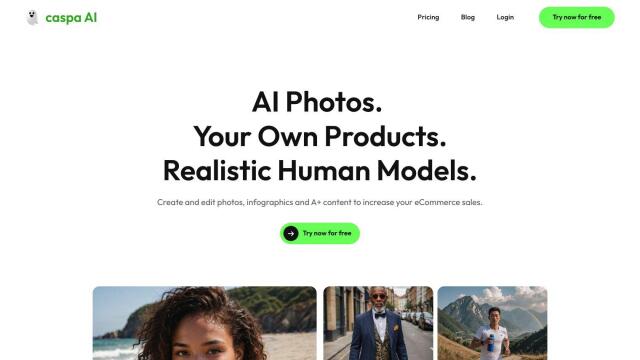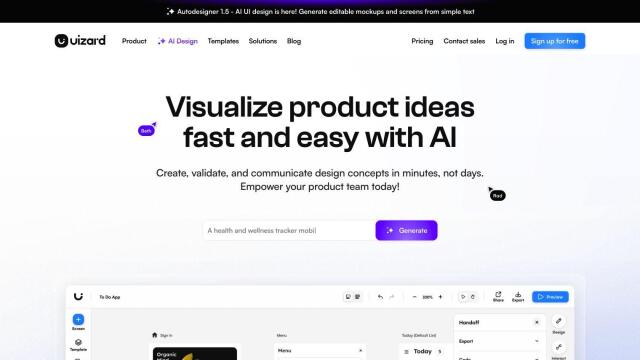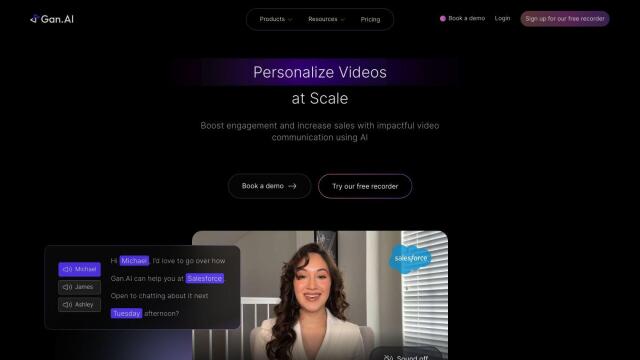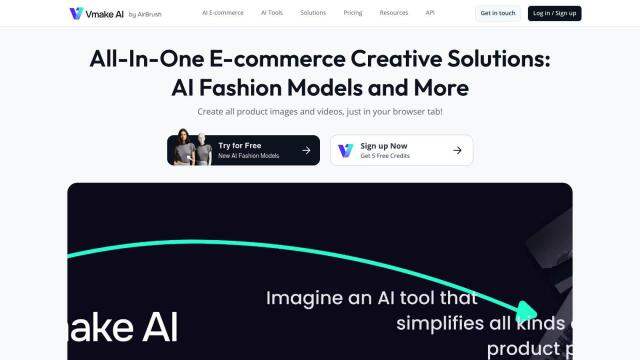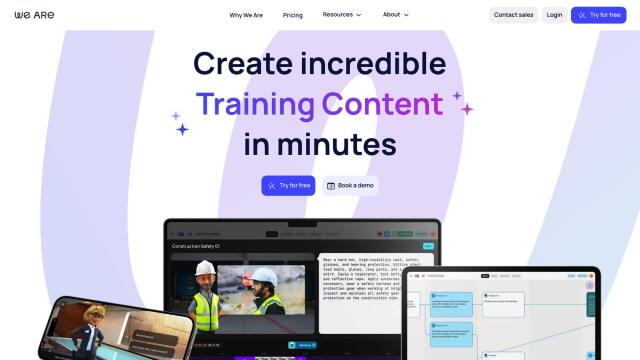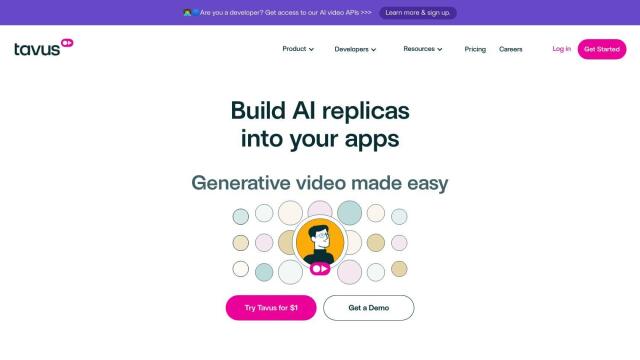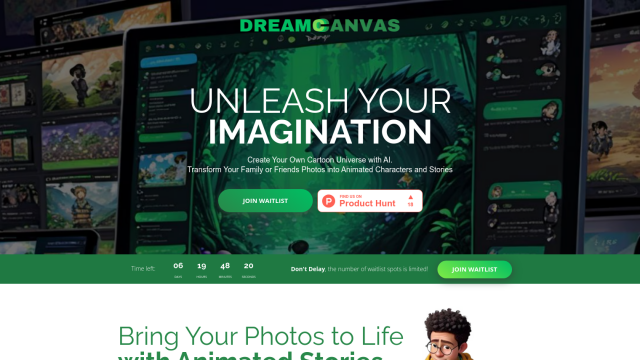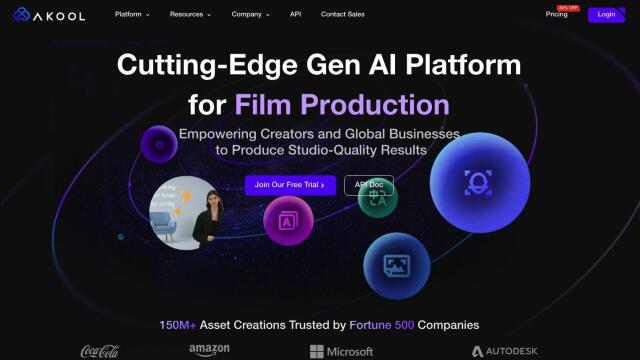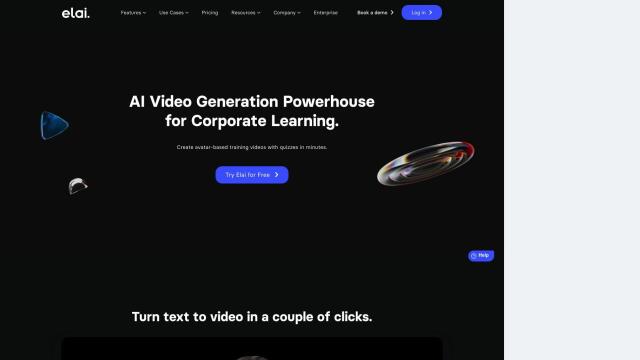Question: I'm looking for a tool that allows me to create immersive product experiences for my target audience, can you suggest something?


Avataar
For immersive product experiences, Avataar also has a full GenAI Creator platform for building immersive 3D storytelling experiences. It can turn video and 2D imagery into 3D models, and is suited for e-commerce, real estate, marketing and education, for interactive visualization and AR ads. Its 3D model creation, import/export and editing abilities make it a powerful option for product visualization and user engagement.
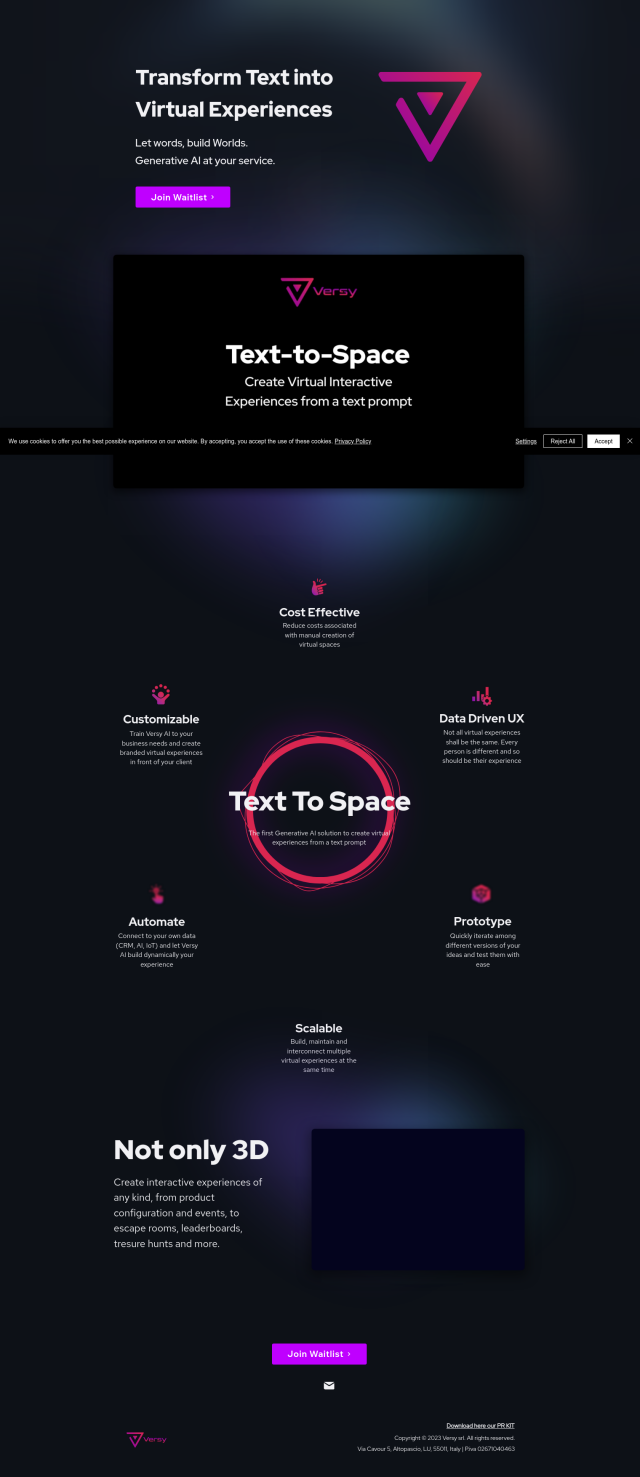
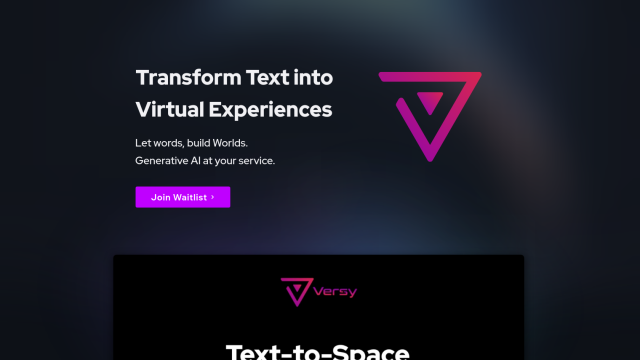
Versy.ai
Another good option is Versy.ai, which uses generative AI to generate a range of virtual experiences like escape rooms and product configuration interfaces from text prompts. It's highly customizable and can be integrated with external data sources, so it's good for creating dynamic, personalized and adaptive virtual experiences for product demos, events and other purposes.

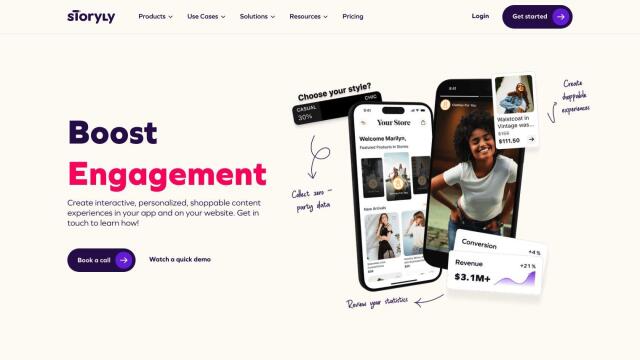
Storyly
If you want to build immersive experiences directly into mobile apps and websites, Storyly is a good option. The company's technology lets businesses add full-screen, shoppable experiences to keep customers engaged and drive conversions. With features like GIFs, animations and personalized content, Storyly can help improve customer interaction and retention, and more than 400 companies use it, including Domino's and Decathlon.

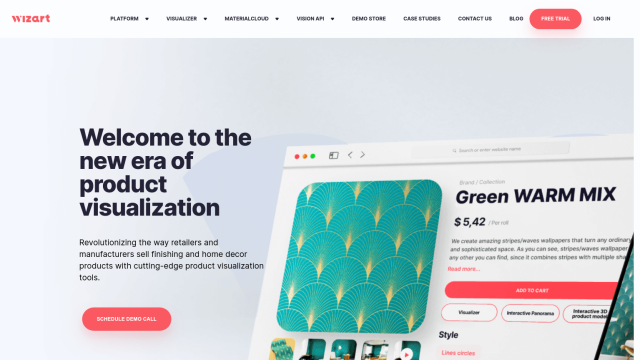
Wizart
Last, Wizart is focused on digital product visualization for the home improvement industry. It uses AI to offer realistic and immersive product experiences through features like Visualizer and MaterialCloud. Companies can upload photos to visualize products and use analytics to see how customers interact, so it can be useful for improving customer interactions and product visualization.

